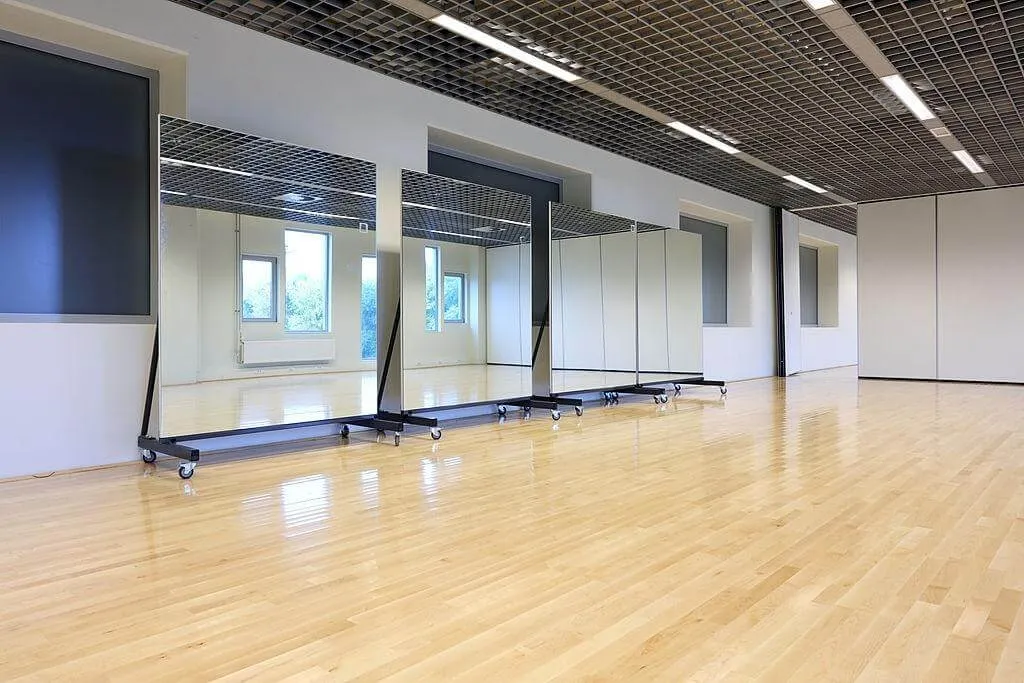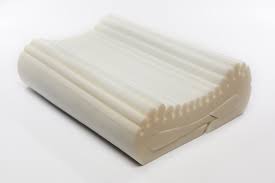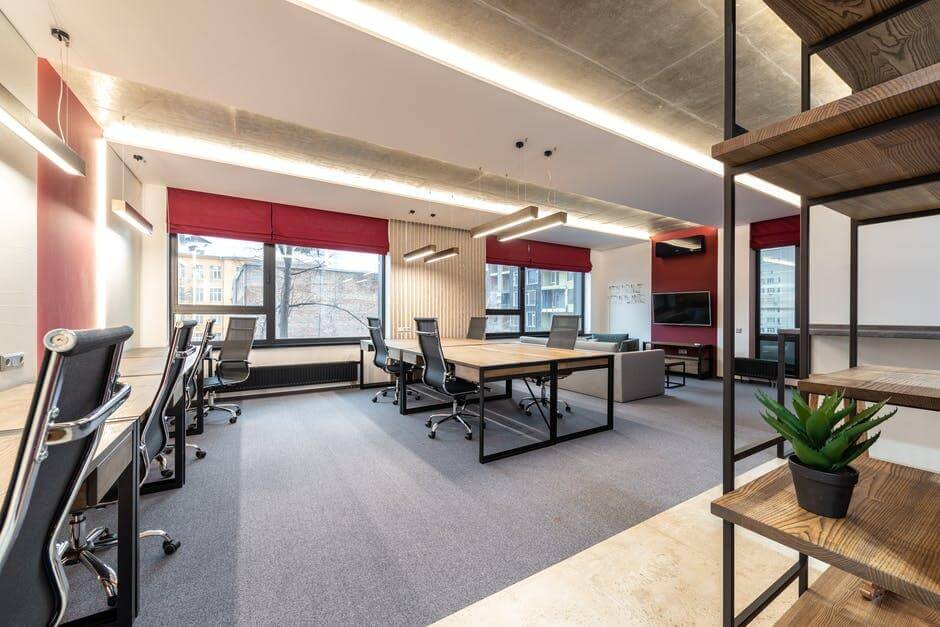Have you ever wondered whether the floor beneath you affects your dance moves? Choosing the right dance flooring can greatly enhance comfort, performance, and safety. Whether you’re a beginner or a pro, selecting the best flooring for your practice space can significantly improve your dance experience. This guide helps you choose the ideal surface to enhance your skills and ensure safety.
Marley Flooring
Marley flooring is a popular option for many types of dance, especially in studios. It provides a smooth surface that allows for easy movement while giving dancers enough grip. It is made from durable vinyl material that withstands heavy foot traffic.
This flooring type is ideal for ballet, contemporary, and jazz dance. The smooth surface helps dancers glide easily while maintaining control. A Marley floor is often used in professional dance settings due to its quality and performance.
While durable, Marley flooring requires maintenance for optimal condition. Sharp objects can damage it, leading to scratches or tears. It must also be installed on a flat, even surface to avoid any issues while dancing.
Vinyl Flooring
Vinyl flooring is a cost-effective option commonly used in dance spaces. It offers a balance between comfort and durability, making it suitable for a variety of dance styles. This flooring type is easy to clean and maintain, making it a practical choice for busy studios.
Vinyl flooring provides a bit of cushion, which can help protect the dancer’s joints. It is also available in different thicknesses, so you can choose the level of comfort that works best for your needs. The surface is not too slippery, but still allows for smooth movement.
Over time, vinyl flooring can deteriorate, especially with frequent use. The material can become scratched or torn if not properly cared for. It’s also important to avoid exposure to sharp objects, as they can damage the surface.
Hardwood Floors
Hardwood floors are a traditional choice for dance spaces, known for their timeless appeal. They provide a strong, stable surface that is suitable for a variety of dance styles, including tap and jazz. The natural look of hardwood adds an aesthetic value to any practice or performance space.
This flooring type offers a good amount of spring, which is helpful for jumps and landings. Dancers feel more secure due to the support the floor provides. Hardwood floors are also easy to clean, especially when treated with the right finishes.
However, hardwood floors can be slippery, posing a risk to dancers. To mitigate this risk, many opt to add a non-slip coating or wear dance shoes with good grip. Hardwood can also become noisy, especially during tap dancing, which may be a consideration for some users.
Foam Tiles
Foam tiles are practical for home dance practice. These tiles are soft, cushioning the dancer’s movements and helping to protect the joints from impact. They are often used for lower-impact dance styles and in areas where comfort is a priority.
One of the main advantages of foam tiles is their easy installation. They can be quickly laid down and removed when necessary, making them ideal for temporary spaces. They are lightweight and easy to store when not in use.
While comfortable, foam tiles are less durable compared to other options. They can become damaged if used with heavy footwear or sharp objects. Over time, they may lose their shape and need to be replaced.
Cork Flooring
Cork flooring is an eco-friendly option with a unique look and feel. It is soft, providing a natural cushion, making it suitable for lower-impact dance styles. The material is sustainable, appealing to those who prefer green building options.
This type of flooring provides comfort and helps absorb sound, which can be an advantage in practice spaces. Cork flooring also has some shock-absorbent qualities, reducing the risk of joint strain. It is naturally resistant to mold and mildew, which is important for maintaining a healthy environment.
However, cork flooring is less durable than other types like vinyl or hardwood. It can wear down with heavy use in high-traffic areas. To maintain its quality, cork flooring requires regular care and should be kept away from sharp objects that can cause damage.
Rubber Flooring
Rubber flooring is recognized for its durability and shock-absorbing properties. It is ideal for spaces where dancers perform high-impact movements, providing extra cushioning. This type of flooring can help prevent injuries by reducing the stress on joints during jumps and quick movements.
The non-slip surface of rubber flooring makes it a safe option for most dance styles. It can be used in both professional studios and home spaces. Additionally, it is easy to clean and resistant to moisture, which makes it a low-maintenance choice.
Despite its advantages, rubber flooring may feel harder underfoot than other options like foam or cork. It can also be more rigid, which might not be ideal for certain types of dance. In some cases, it may also have a strong odor when first installed, which fades over time.
Portable Dance Mats
Portable dance mats are an excellent option for dancers requiring a temporary or mobile solution. They can be quickly rolled out and set up in almost any space, making them ideal for those who practice at home or travel frequently. These mats are lightweight, making them easy to carry and store.
Typically made of vinyl or foam, these mats provide a smooth dancing surface. They offer a stable surface without being too hard, providing comfort during practice. The portability of these mats is one of their biggest selling points, as they can be moved to different locations as needed.
While convenient, portable dance mats are less durable. They can wear down with frequent use, especially if used on rough surfaces. Additionally, they may not offer as much cushion as other flooring options like foam tiles.
Dance Better With the Right Floor Beneath You
Choosing the right dance floor involves more than just aesthetics; it’s about creating an environment for peak performance. A quality floor can enhance your technique, prevent injuries, and make practice more enjoyable. It’s important to invest in a surface that works for your specific style and space.
With the right flooring, you’ll enjoy every step of your dance journey. So, take the time to find what suits you best.
Were you satisfied with the information in this article? If yes, our blog offers even more valuable resources.
Read More: Common Types of Hearing Loss in Seniors Explained



